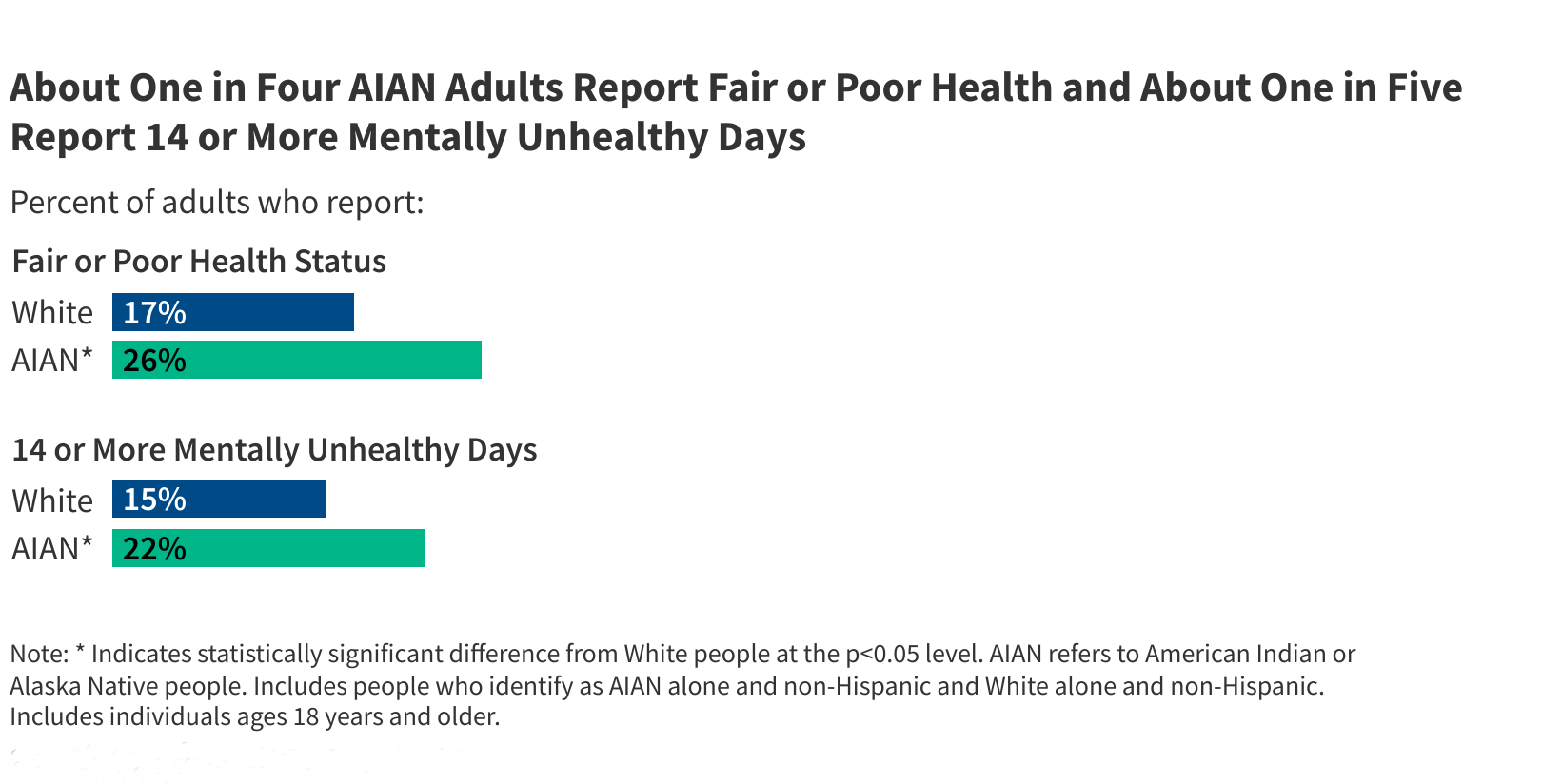The term “middle class” is often used in conversations about economics, politics, and social status, but its definition can vary widely depending on context. Generally, the middle class represents a segment of society that falls between the working class and the upper class.
While most people think of middle class as an economic reality, there are many below and above the middle class income levels who identify as being middle class.
Let’s explore 9 ways that define what being middle class means.
1. Income
From an economic standpoint, middle class is often defined by income. According to Pew Research, a household earning between two-thirds and double the median household income in a given area is considered middle class. This range adjusts based on local cost of living, making the middle class in a major city different from that in a rural area.
That formula resulted in the typical middle class family earning a little more than $106,000 in 2022, compared to about $257,000 for an upper income family and $35,000 for those making a lower income.
Fewer Americans qualify as middle class as measured by income
According to Pew, in 2023 roughly half (51%) of Americans were middle income, while 30% were lower income and 19% were upper.
In 1971, 61% of Americans lived in middle-class households.
2. Overall Financial Wellness
The financial reality of being middle (or any) class really does go beyond income. From the perspective of good personal finance habits, one might be considered middle class if you are able to balance your personal budgets each month while also saving for your future. Financial wellness is determined by a whole host of factors related to how well you are doing today and how prepared you are for retirement (debt, savings levels, risk management, home ownership and so much more) .
NEW: Have you checked your Financial Wellness Assessment in the NewRetirement Planner?
3. Stability
The middle class might be defined as being lucky enough to have a measure of stability in their lives. Whether it is having family dinner every night, access to healthcare, a working car, or a stable job, stability and consistency can reduce stress in your life.
4. Cultural and Social Identity
The realities of your finances aside, you might identify as middle class if you embody certain values such as hard work, responsibility, and self-sufficiency. People with a middle class mindset also tend to engage in cultural activities and hobbies that reflect a balanced work-life dynamic. Education and family are valued.
Growing up, the reality of my parents’ divorce probably meant that we were among the working poor. However, I thought I was middle class. It didn’t matter that we didn’t actually have a middle class income, I felt a sense of belonging among better off peers.
Conversely, I now live in a town full of million dollar homes with peers earning hundreds of thousands every year. The community is objectively upper class, but identifies as middle class.
5. Education
Education plays a crucial role in defining the middle class. Many middle-class individuals have completed some level of higher education, which typically correlates with better-paying jobs, but college costs can also strangle households with student loan debt, tanking the economic prospects of the household.
Pew reports that among Americans ages 25 and older in 2022, 52% of those with a bachelor’s degree or higher level of education lived in middle-class households and another 35% lived in upper-income households.
Is college still worth the cost of tuition?
6. Professions
So, what makes a middle class profession? The answer is more complicated than you might initially imagine.
A middle class profession might be defined by income. According to Pew, the six industries with the largest share of middle income workers include:
- The military (65%)
- Public administration (61%)
- Education (61%)
- Manufacturing (59%)
- Transportation, warehousing and utilities (59%)
- Construction (59%)
However, there are many other ways that someone might identify as having a middle class job:
- The type of profession
- Income
- Job security and benefits
- Opportunities for advancement
- Required education to work in the field
- Control over time or how much say you have over what you do each day
7. Home Ownership
Home ownership is often seen as a cornerstone of the middle-class dream, symbolizing financial stability, independence, and long-term investment.
For many, owning a home represents not only a place to live but also a significant milestone in achieving economic security. It provides a sense of pride and accomplishment, allowing individuals to build equity over time and potentially pass on wealth to future generations. Moreover, home ownership offers stability and a sense of community, as homeowners are more likely to stay in one place and contribute to the local area.
Despite the challenges of rising housing costs and economic fluctuations, owning a home remains a key aspiration for many middle-class families, embodying the promise of a better, more secure future.
8. Savings
Savings play a crucial role in defining the middle-class experience, providing a financial cushion and a pathway to future opportunities. For middle-class families, having a robust savings account means security against unexpected expenses, such as medical emergencies or car repairs, and the ability to invest in significant life goals like education, homeownership, and retirement.
Learn more about average household savings.
9. Living the American Dream
While the American Dream may be evolving, it has typically encompassed the freedom to pursue happiness, whether through entrepreneurship, raising a family, or simply enjoying a comfortable lifestyle. Despite its diverse interpretations, the common thread for the middle class is the aspiration for a secure and fulfilling life, where hard work and determination yield tangible rewards. This dream adapts to personal values and circumstances, reflecting the unique aspirations of each individual while collectively driving the ethos of middle-class America.
The One Way to Ensure You Move Beyond the Middle (or Any) Class: Financial Planning
No matter your “class,” if you want to do better financially, you would do well by creating and managing a holistic financial plan. The NewRetirement Planner enables you to
1) Get organized and set goals
2) Assess your financial strengths and weaknesses
3) Learn how to do better through considered decision making and personalized tips from a digital coach
4) Stay on track by enabling you to monitor your plan and make updates over time
Publisher: Source link










